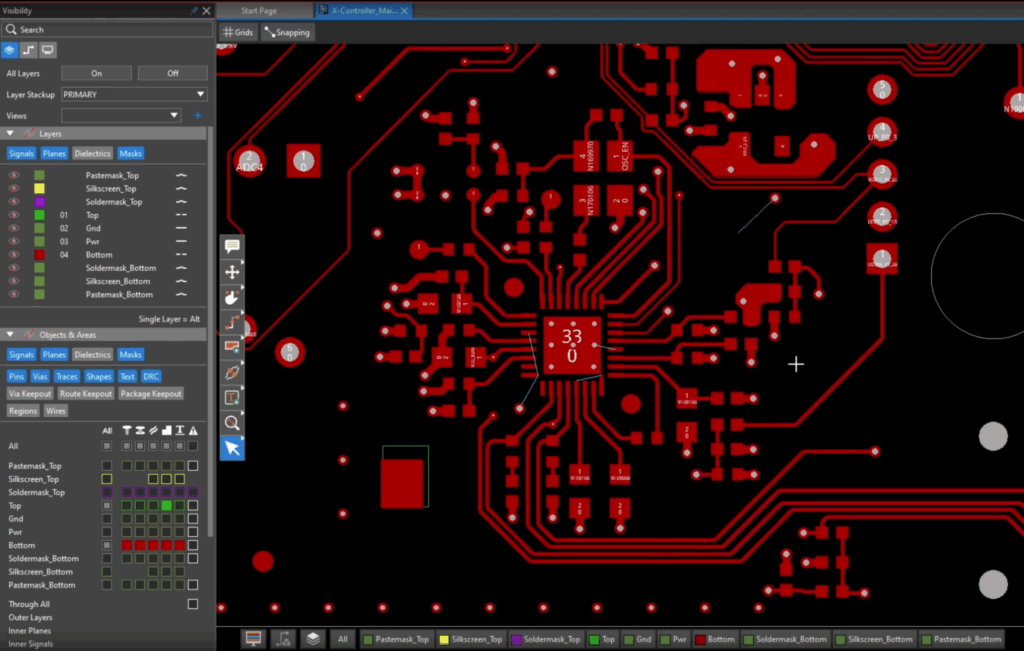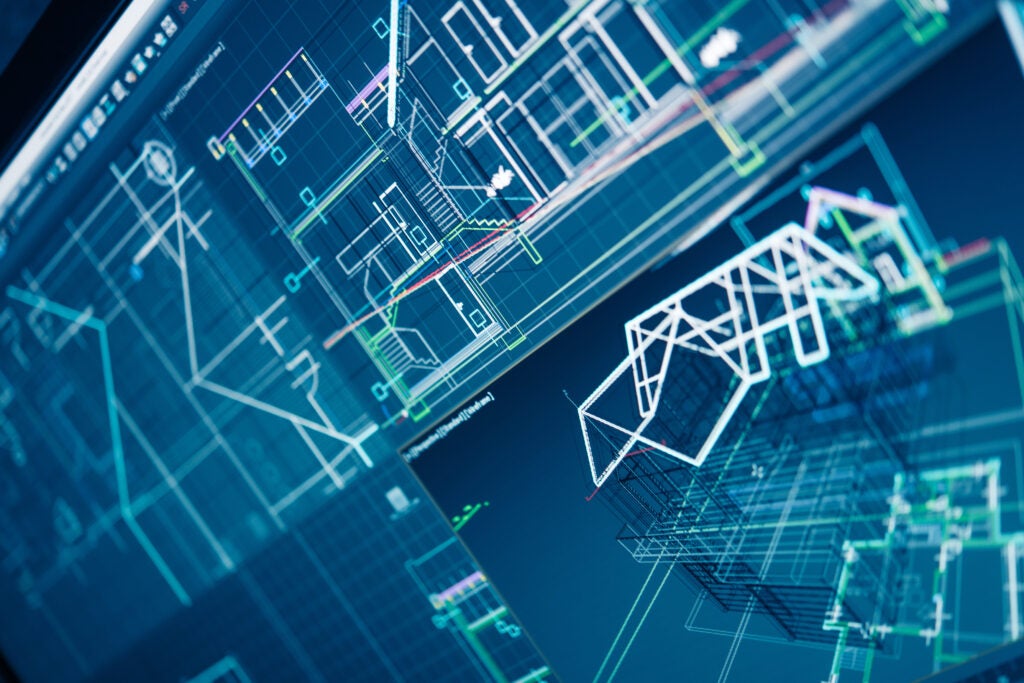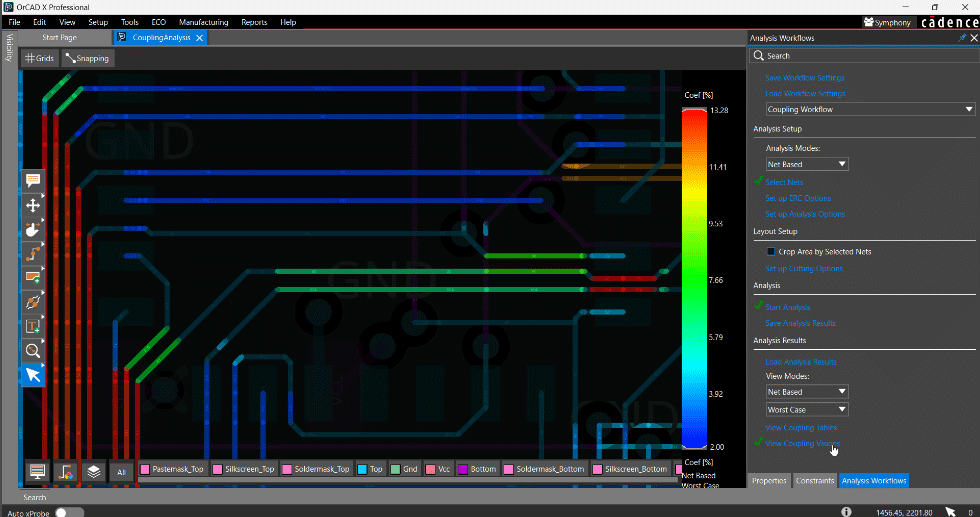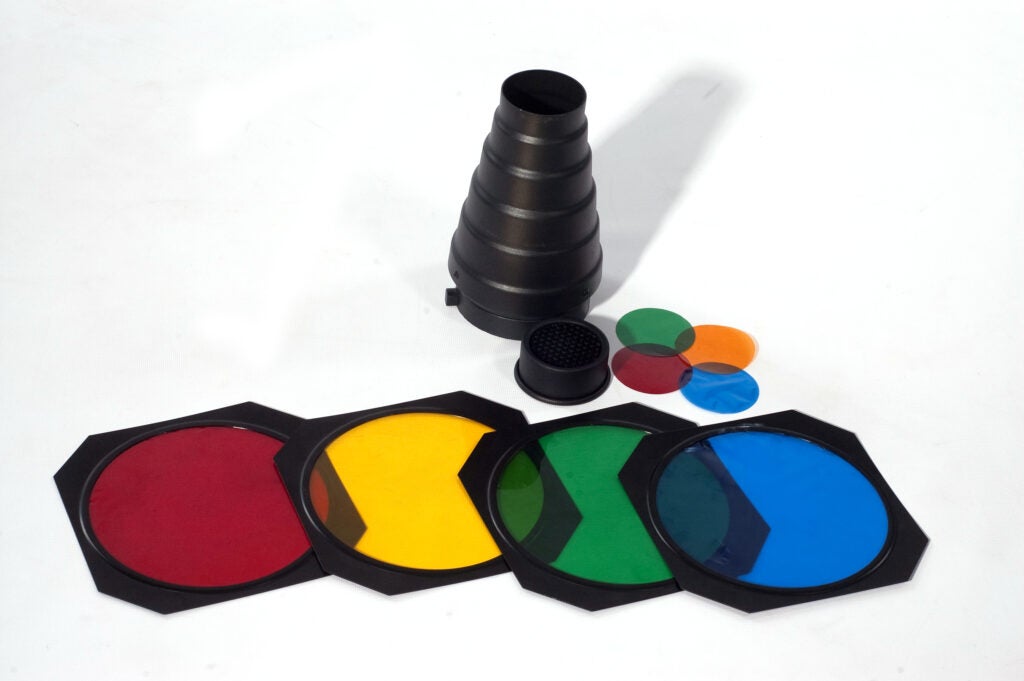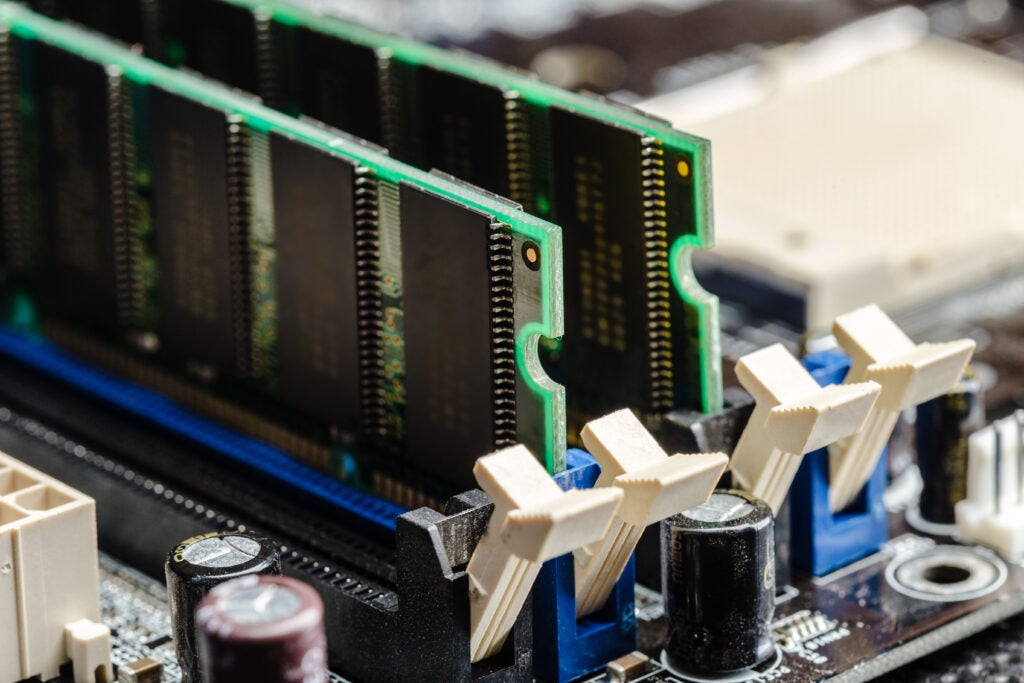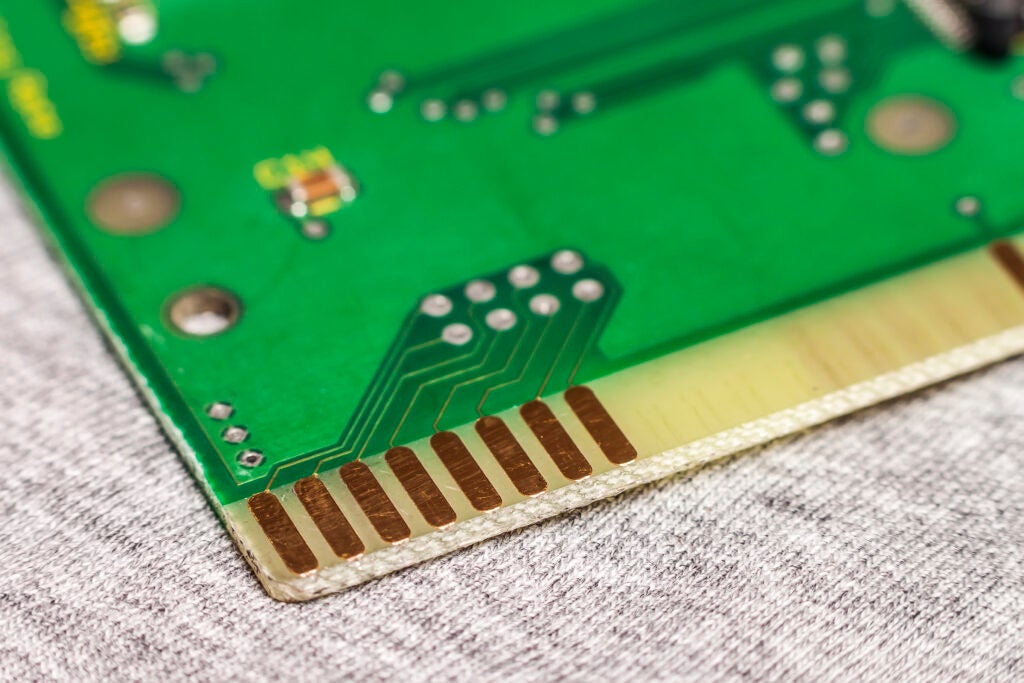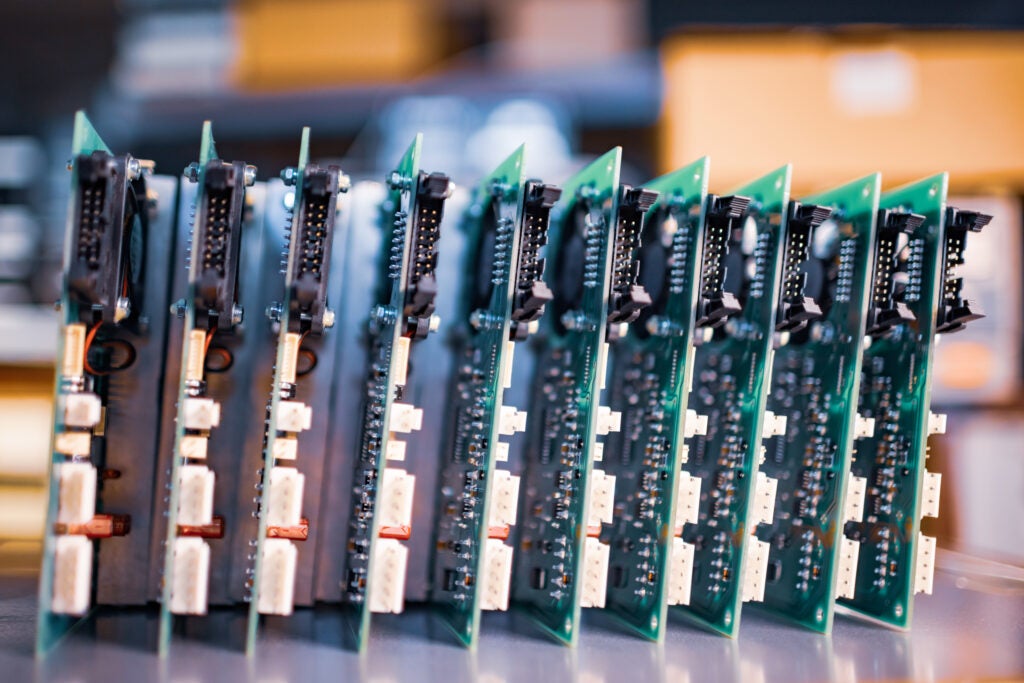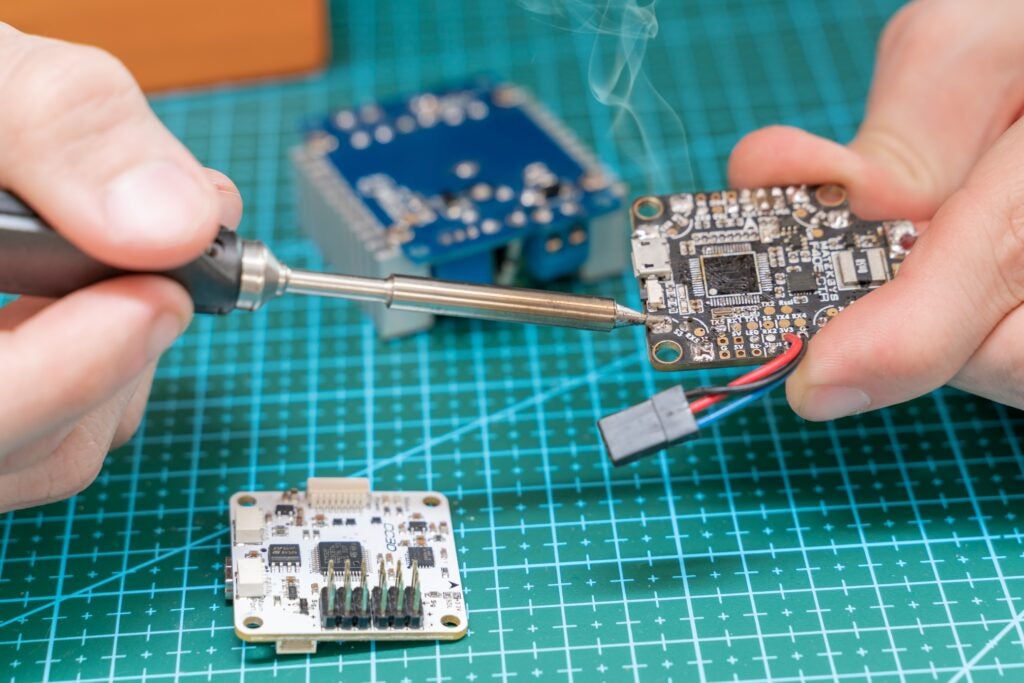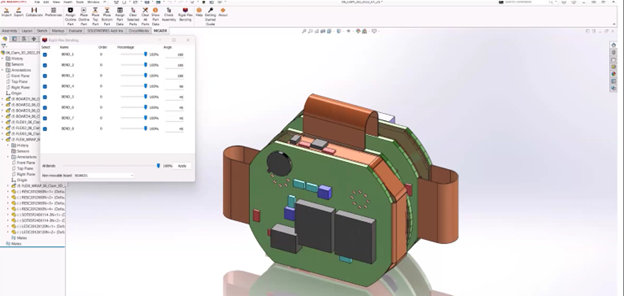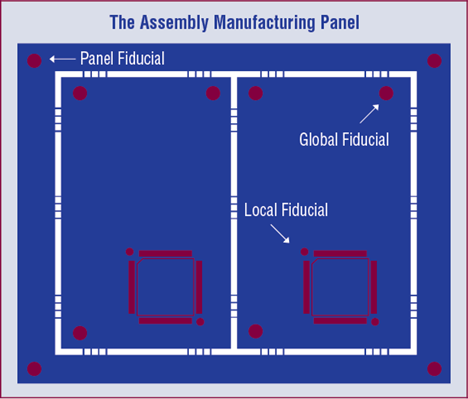
As artificial intelligence reshapes the way we design printed circuit boards (PCBs), tools like Allegro X AI are leading the charge.
Allegro X AI leverages critical design inputs to accelerate aspects of the PCB design process including component placement, copper pours, and routing. This AI-assisted PCB design approach dramatically increases designer productivity and efficiency, not only streamlining time-consuming tasks but allowing designers to perform fitment/feasibility studies and design optimizations quickly.
Below, we break down the most common questions engineers and design teams ask about this powerful AI-assisted PCB design technology — from how it works to what it can do for your workflow.
How is Allegro X AI trained?
Allegro X AI isn’t trained on customer designs or proprietary data. Instead, Cadence builds its AI models using reinforcement learning on a large library of internal designs combined with over 30 years of PCB design experience. This approach lets the system learn valuable patterns and techniques without ever exposing your intellectual property.
How long do AI runs take?
The runtime for an Allegro X AI task depends mainly on the complexity of your design. Some runs finish in minutes, while others may take hours. In every case, the goal is to reduce the time required to reach a design milestone by orders of magnitude compared with manual methods. Real-world case studies, like ones here from Danfoss and Qualcomm, show dramatic run-time improvements.
Can I run multiple experiments at the same time with Allegro X AI?
Yes! You can queue multiple Allegro X AI runs in parallel. This is especially useful if you want to compare different design strategies, explore alternatives, or accelerate multiple projects at once — maximizing productivity across your team.
Where does the AI run?
The AI computations for Allegro X AI currently run on a secure Amazon Web Services (AWS) infrastructure. Designs are protected at every step, and neither Cadence nor any third party has access to your data during processing. If you need on-premise execution for compliance or IT policy reasons, that option is rolling out in 2026.
What do I need to use Allegro X AI?
To take advantage of the AI capabilities, you’ll need:
- OrCAD X or Allegro X version 23.1 or later
- Access to the Allegro X AI services directly within those design environments
This tight integration lets you run AI-assisted design without leaving your familiar PCB design tools.
Can Allegro X AI work with non-Cadence designs?
While Allegro X AI is designed to run inside the OrCAD X and Allegro X CAD environments, Cadence offers import options to being in designs from other tools like Altium, KiCAD, Eagle, and PADS. Once imported and validated, you can run AI assistance on those designs just as you would with native Cadence projects.
Can I try Allegro X AI before I buy?
Absolutely! EMA is happy to discuss setup, trials, and demonstrations so you can see how Allegro X AI performs on your actual designs. Contact us here.
What results can I expect?

Every design is different, but many teams using Allegro X AI are seeing 50–70% reductions in design time, often shaving weeks off their development cycles. Results will vary based on board complexity, constraints, and goals — but the case studies demonstrate meaningful productivity gains across different use cases.
Is training available?
Yes! EMA provides how-to guides and training materials to help you get started with Allegro X AI and accelerate your learning curve. You can access these resources directly through EMA Academy.
What inputs are needed / used with Allegro X AI?
Allegro X AI needs to understand your basic design requirements and any key driving metrics for the PCB layout. This includes power and ground values, component locations for mechanical elements, the board outline and stackup, and component locations for critical or key elements such as the main ICs in the design.
What are some example use cases?
Allegro X AI can be used in several ways throughout the PCB design process including:
- Feasibility Studies
Will all the components fit in the design? Will there be enough layers in the design to accommodate the required connections and copper pours? Will there be enough room for routing or does the PCB size need to be increased? With the constant demand for smaller PCB forms it is important to determine the feasibility of the design requirements. Allegro X AI accelerates this process for you, with the ability to run multiple scenarios and quickly determine if your layout is possible with the design requirements.
Case Study: One customer was able to reduce what was typically a week study to 29 minutes to determine the routing could not fit in the number of layers allocated and another layer pair needed to be added to the cross-section.
- Full Board Design
Allegro X AI can be used to complete your full board design and accelerate sections of your PCB design process including component placement, copper pours, and routing.
- Design Updates
Going from Rev 1 to Rev 2? Lock your design in place and quickly complete the placement and routing for the components or sections of the design that have changed between revisions. This lets you utilize your known-good design while leveraging AI to quickly update the PCB layout.
How do you calculate X AI performance improvements?
To accurately assess the performance improvements and time savings capable with Allegro X AI, it is important to consider the entire PCB design process. We recommend you don’t just consider the time Allegro X AI takes to run versus the time it takes a human to complete the same process. This helps you calculate realistic time savings results, incorporating the following aspects:
| PCB Layout Step | Manual | AI |
|---|---|---|
| Setup | Any setup required to complete the task. (constraints, voltage assignments, room definitions, etc.) | Any setup required to convey the design intent to AI plus any AI-specific setup. |
| Run Time | Time it takes to complete the task. | Time AI spends completing the task. |
| Post-Processing | Time to review AI results and modify the design as needed. |
You can learn more about how performance improvements are calculated with our internal case study of Allegro X AI here.
Incorporating AI into your PCB Design Process
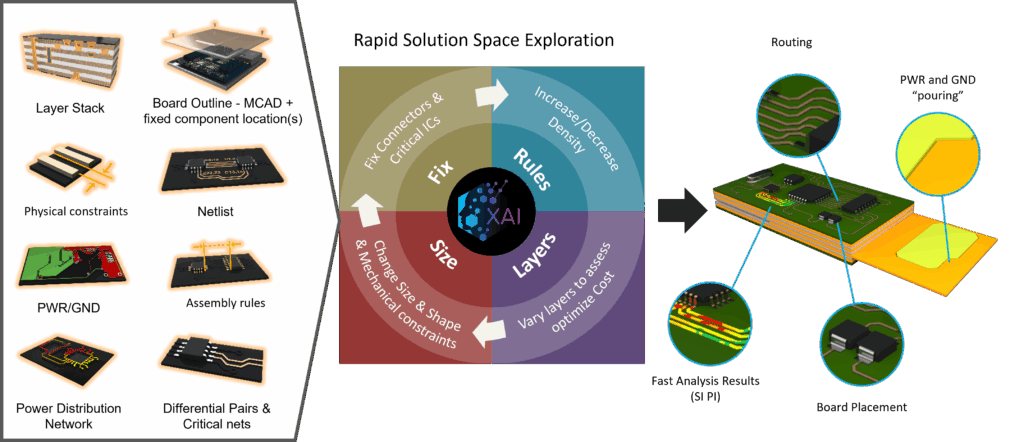
As PCB designs continue to grow in complexity, the tools engineers rely on must evolve as well. Allegro X AI delivers meaningful productivity gains by automating time-consuming tasks and enabling smarter design exploration for component placement, copper pours, and routing.
If you’d like to see how Allegro X AI performs on your own designs—or want guidance on getting started—contact EMA to learn more about demos, evaluations, and next steps.

